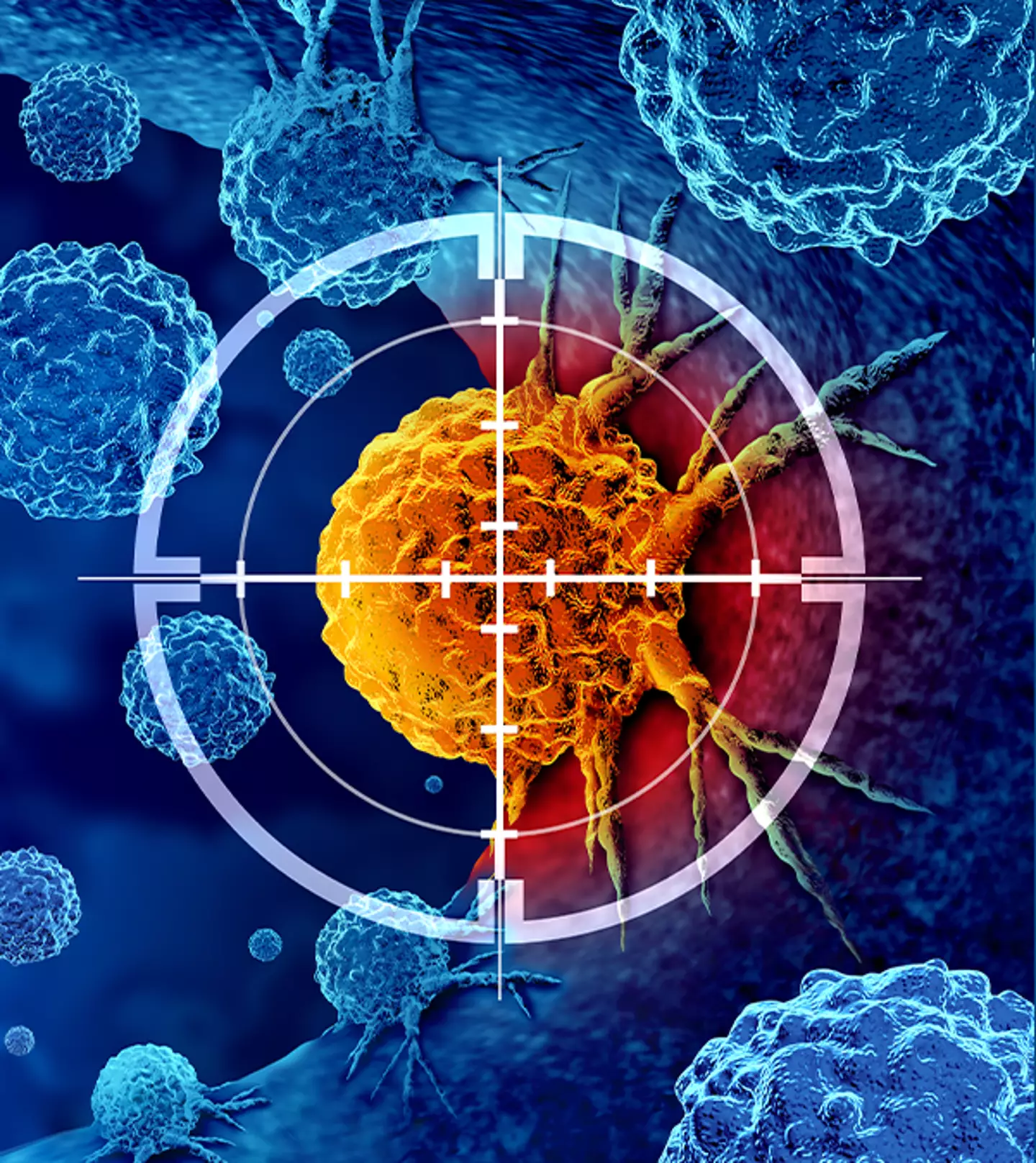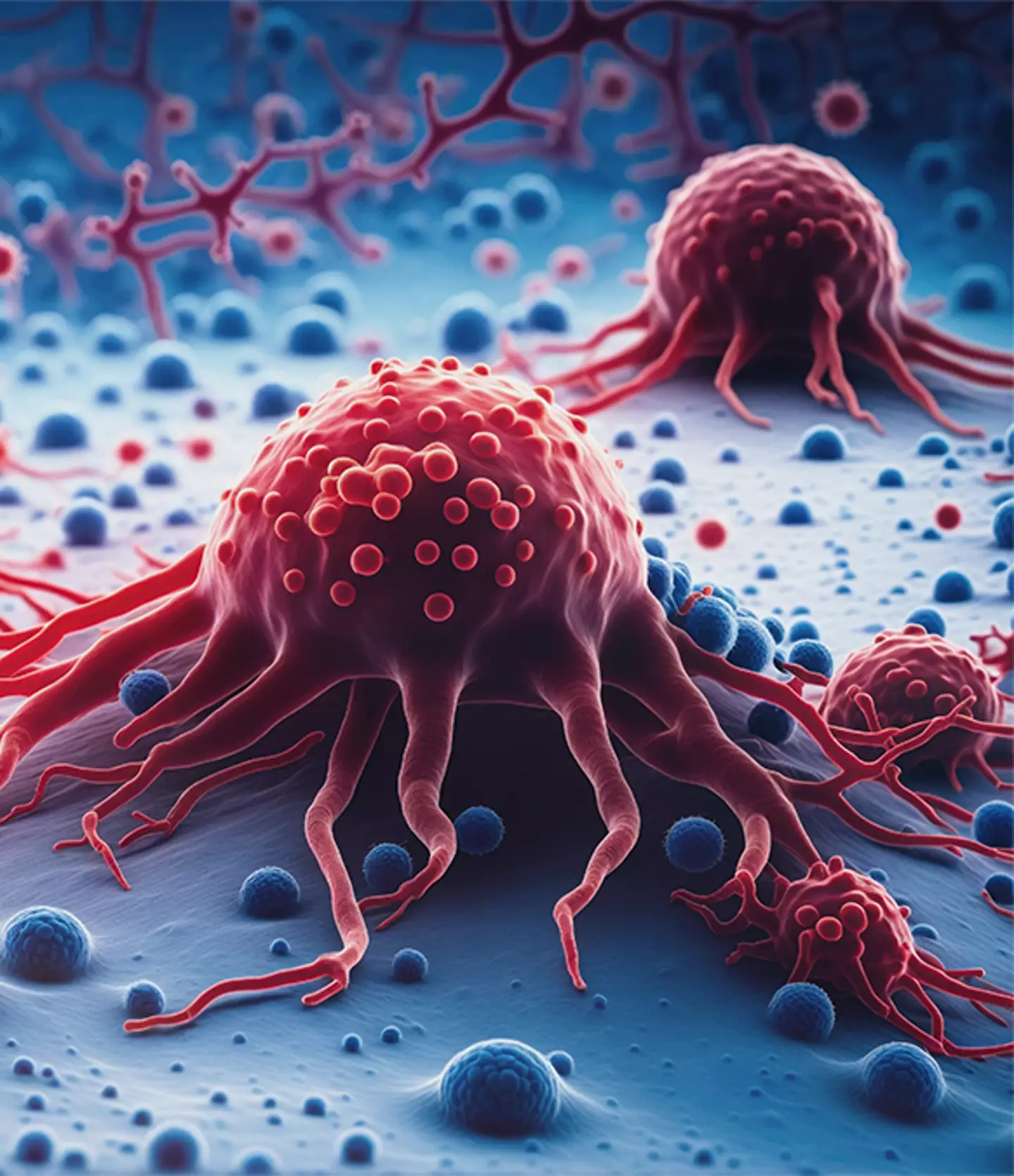The nanorobots specifically target cancer cells.
Robots and AI might dominate conversations about taking over the world.
But in the medical field, they could actually save lives.
Scientists have created tiny robots that can target and kill cancer cells, marking a big step forward for future treatments.
The nanorobots work by activating the cell’s ‘death receptors’, helping to shrink tumours.
The team from the Karolinska Institutet in Sweden had previously figured out how to create minuscule robots made of amino acids that could be injected and activate death receptors.
However, since all cells have death receptors, the team has the challenge of finding a ‘kill switch’ so that only the cancer cells are targeted.
‘This hexagonal nanopattern of peptides becomes a lethal weapon,’ said Professor Björn Högberg, who led the study, published in the journal Nature Nanotechnology.

wildpixel / koto_feja / Getty
‘If you were to administer it as a drug, it would indiscriminately start killing cells in the body, which would not be good. To get around this problem, we have hidden the weapon inside a nanostructure built from DNA.’
Creating tiny, or nanoscale, structures from DNA is known as DNA origami – something Professor Högberg’s team has been working on for years.
By combining DNA and peptides, they have discovered how to create the essential kill switch.
The secret lies in the pH level.
The pH scale measures how acidic or alkaline a substance is. You’ll know from school science days that pure water has a pH of seven, and is thus, neutral.
Below six is acidic, and up to 14 is alkaline.
Most parts of the human body have a pH level of around 7.4, but the areas around tumours are typically slightly acidic.

wildpixel / koto_feja / Getty
In lab tests, the team found the nanorobots were inactive at pH 7.4 but started killing cells at pH 6.5.
‘We have managed to hide the weapon in such a way that it can only be exposed in the environment found in and around a solid tumour,’ said Professor Högberg.
‘This means that we have created a type of nanorobot that can specifically target and kill cancer cells.’
Tests on mice showed that these robots helped shrink breast cancer tumours by up to 70% compared to those given an inactive version.
‘We now need to investigate whether this works in more advanced cancer models that more closely resemble the real human disease,’ added Yang Wang, the study’s first author.
‘We also need to find out what side effects the method has before it can be tested on humans.’
After further research, the team hopes to advance the nanorobots and expand their use to target specific types of cancer in the future.